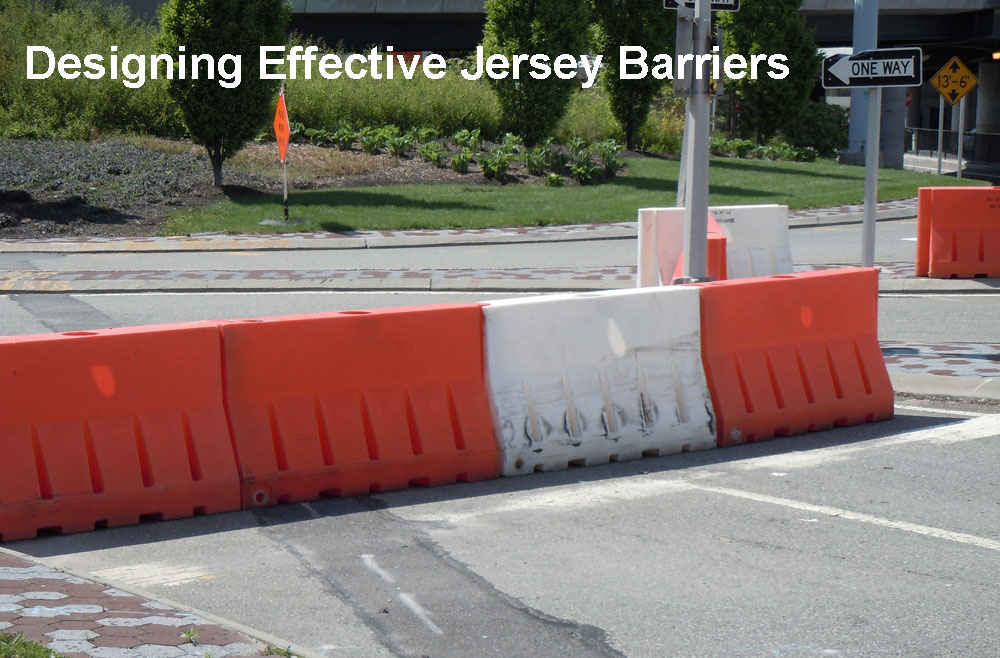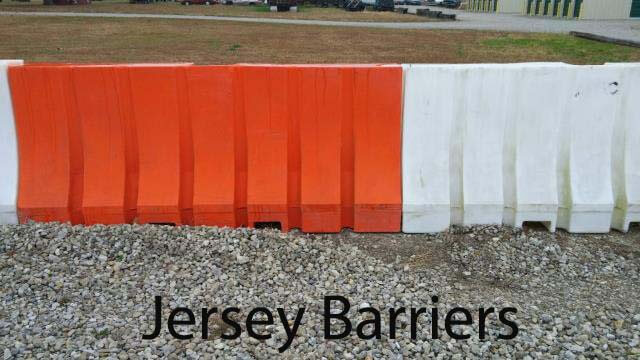Designing Effective Jersey Barriers: An Expert Perspective
Introduction:
As cities continue to grow and traffic management becomes an increasing concern, the role of jersey barriers in ensuring safety and efficiency cannot be overstated. As a specialist professor in the field of jersey barrier design, I have dedicated years of research and experience to understanding the principles and nuances of creating effective barriers. In this article, we will explore the key considerations and principles involved in designing jersey barriers that not only provide physical protection but also contribute to the overall urban landscape.

1. Understanding the Purpose:
The first step in designing a jersey barrier is to clearly define its purpose. Are we aiming to redirect traffic, enhance pedestrian safety, or provide security during events? Each purpose requires a tailored design approach. By identifying the specific needs and objectives, we can design barriers that are optimized for their intended use.
2. Material Selection:
Jersey barriers can be constructed using various materials, including concrete, plastic, and metal. Each material has its advantages and disadvantages, which must be carefully weighed during the design process. Concrete barriers are known for their strength and durability, while plastic barriers offer portability and easy installation. Metal barriers provide a balance between strength and aesthetics. The choice of material depends on factors such as budget, expected lifespan, and the visual impact desired.
3. Shape and Dimensions:
The distinctive shape of jersey barriers, with their sloping sides and horizontal top, serves multiple purposes. This design helps to deflect and redirect vehicles upon impact, reducing the chances of vehicles crossing over into opposing lanes. The dimensions of the barriers, including height and length, must be carefully determined based on the desired level of protection and the specific road conditions.
4. Integration with the Urban Landscape:
Gone are the days when jersey barriers were seen as eyesores in urban environments. Today, there is a growing emphasis on integrating barriers seamlessly into the surrounding landscape. Design elements such as textured surfaces, decorative patterns, and color options allow for customization and aesthetic appeal. By incorporating elements that blend harmoniously with the surroundings, we can create barriers that are not only functional but also visually pleasing.

5. Safety Features and Accessibility:
Jersey barriers should prioritize safety for both motorists and pedestrians. Reflective markings and signage can improve visibility during nighttime conditions, while the inclusion of pedestrian openings or gaps ensures safe crossing points. Additionally, considering accessibility for individuals with disabilities by incorporating ramps or accommodations is a crucial aspect of barrier design.
6. Impact Resistance and Crash Testing:
Designing jersey barriers that can withstand the forces exerted during high-speed impacts is paramount. Crash testing and impact simulations are essential to validate the design's effectiveness. These tests help to refine the structural integrity of the barriers and ensure they meet the required safety standards.
Conclusion:
Designing effective jersey barriers requires a deep understanding of traffic management, safety regulations, and aesthetic considerations. By carefully considering the purpose, materials, shape, integration, safety features, and impact resistance, we can create barriers that effectively fulfill their intended functions while contributing positively to the urban landscape. As a specialist professor in this field, I encourage ongoing research and innovation to continually improve the design and functionality of jersey barriers, ultimately making our roads safer and our cities more secure.
Read More :
Design and implementation of the sea pipeline
Jersey Barrier Installation: A Comprehensive Guide